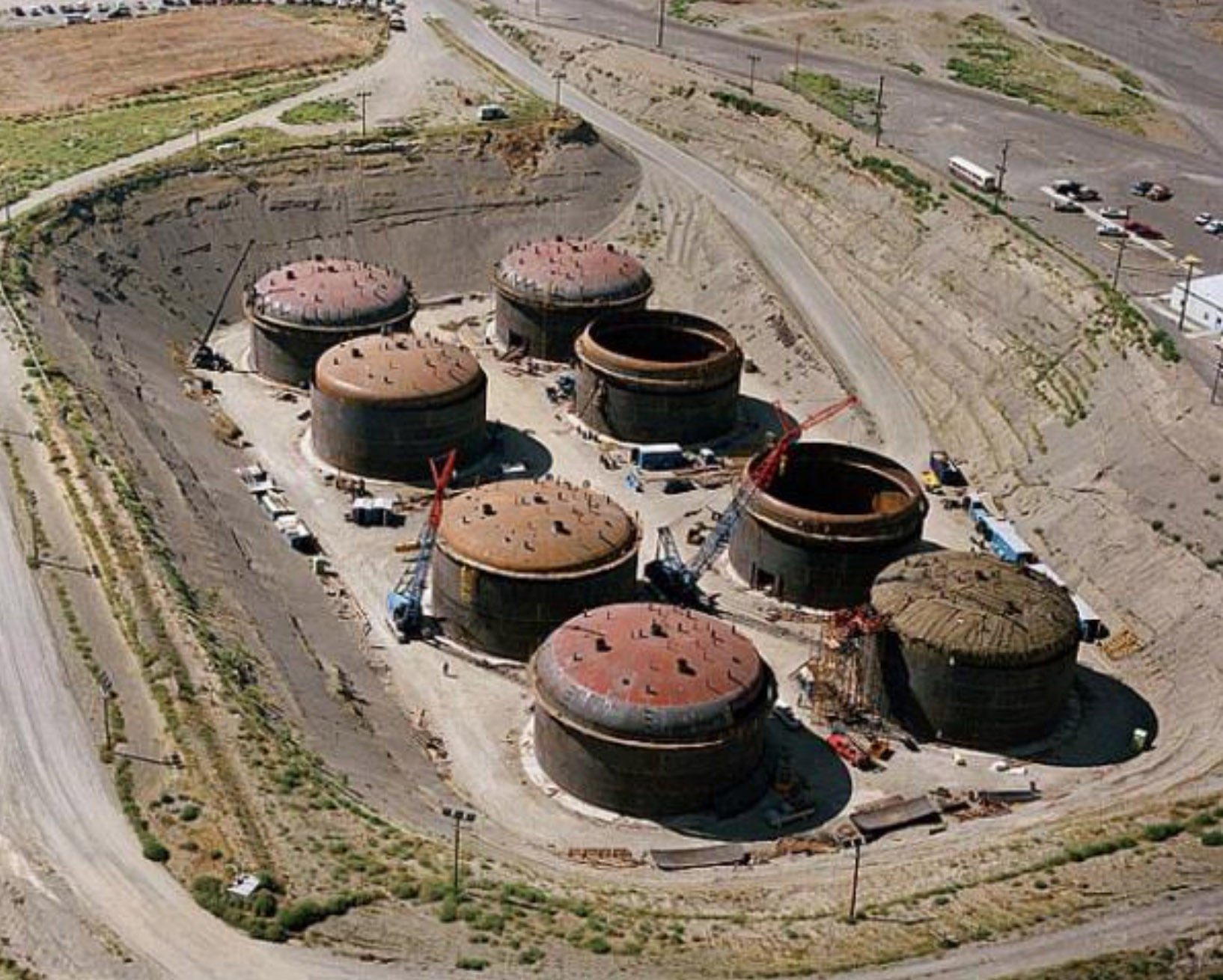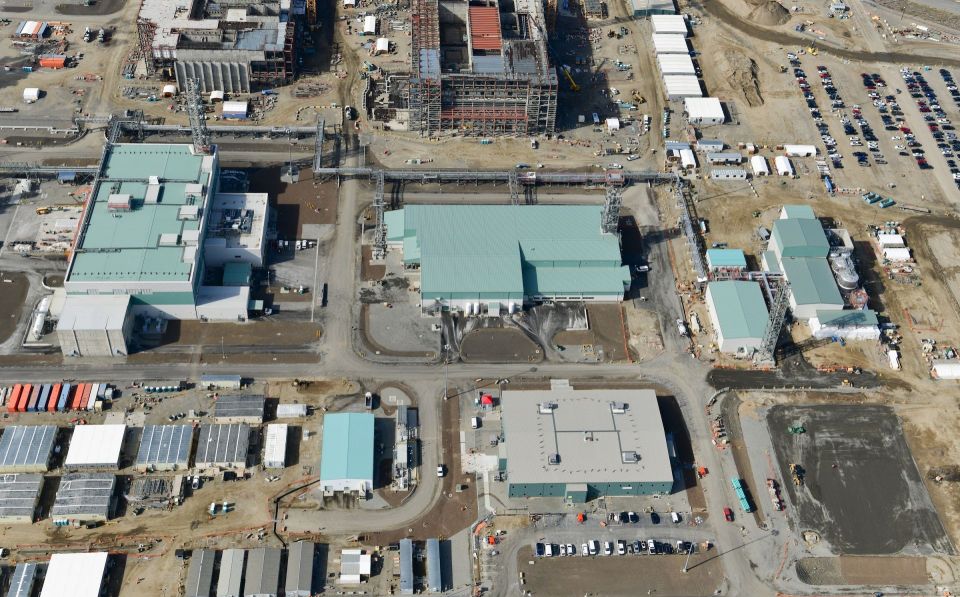Vit Plant delayed: Another defeat for cleaning up nuclear waste at Hanford

The Hanford tanks, on which building began in 1943, were never supposed to hold waste for many decades. If grouting and disposal had occurred according to plans from the 1980s, this waste would already be in the ground and we would have saved almost $100 billion. (Photo: DOE)
At the end of June, a federal judge approved, with the agreement of the Washington State Department of Ecology, a request to push back the deadline 20 months for beginning nuclear waste treatment at the $17 billion Waste Treatment and Immobilization (Vit) Plant at the Hanford Site because of pandemic-related delays. The Direct-Feed Low-Activity Waste program is the Department of Energy’s plan to start treating low-level radioactive waste first at the Vit Plant and then start treating high-level radioactive waste sometime in the 2030s.
This is the fifth delay granted by the court for the project, which should have begun operations in 2007. In one sense, this delay is good, since turning LLW into glass through vitrification is about as smart as singing into the wind. The chemistry of this waste makes it much better suited to grouting, a treatment used by everyone else in the United States and the world.









